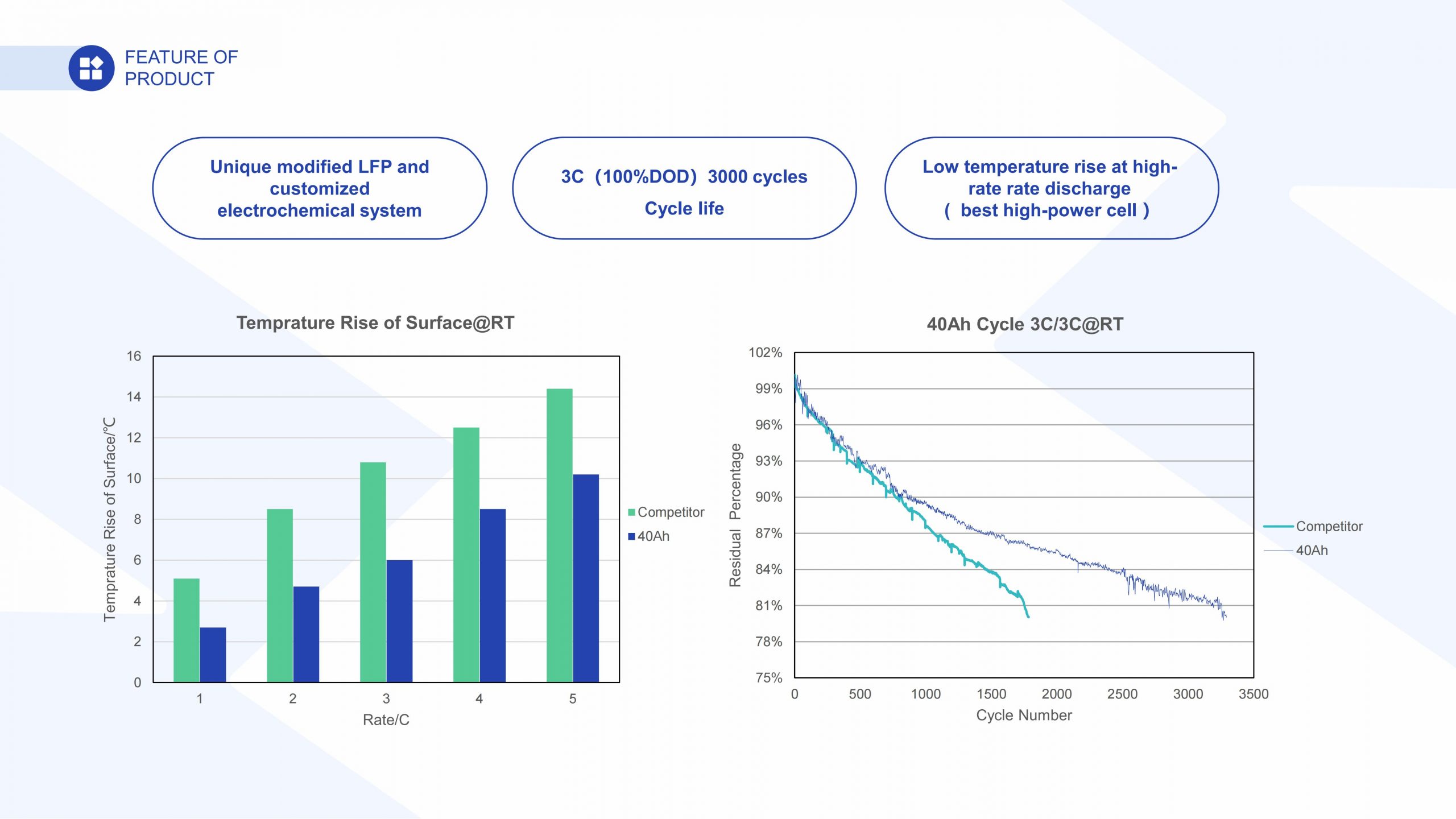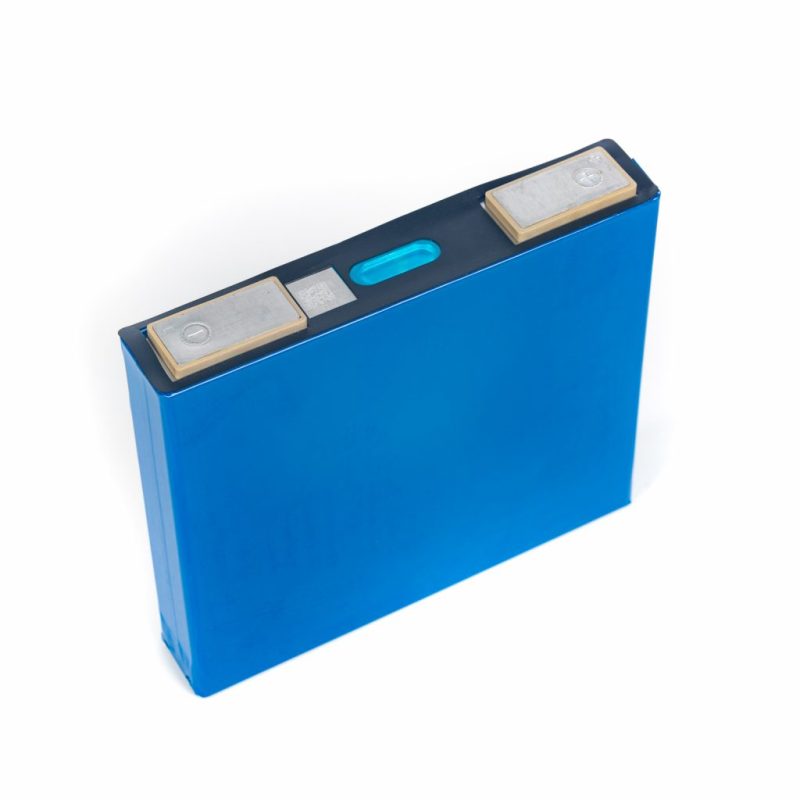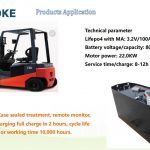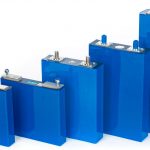Number
|
Item
|
Test profile
|
Specification
|
1
|
Appearance and Dimension
|
1.Eyeballing
2.Test cells’ dimension with slide caliper
Without plates.
3.The cell’s thickness should be tested with the cell clamped. The pressure should be 50N-200N.
|
No deep scratch, No leakage , dimension should refer to the attached drawing 2
|
2
|
Weight
|
Electronic Scale, without plates
|
1010±20g
|
3
|
Open Circuit Voltage●
|
Measure the open circuit voltage within 1h after charge cells per 4.3.1. without plates
|
≥3.35V
|
4
|
Rated discharge capacity●
|
Charge cells per 4.3.1. Then discharge cells at a 1C(A) current to 2.0V within 1h and measure the capacity.
The cycle can repeat 5 times, when the capacity of one cycle meet the requirement, the test can be terminated.
|
1C capacity ≥ Nominal capacity
|
5
|
Maximum charge current
|
1、Discharge cells at a 1C (A) current to 2.0V within 1h after charge cells per 4.3.1. And record the capacity;
2、Charge cells to 3.65V, charge shall be terminated when the charge current has tapered to 0.05C(A), the charge current is nC .
|
3C (continuous)
|
76
|
Pulse Charge
|
Charge cells per 4.3.1, then discharge to 50%SOC at 1C (A) current. Rest 30min.
Charge the cell at pulse current. Charge shall be terminated when the voltage reach 3.65V or charge withstand 30s.
|
Max current:
4C (50%SOC, 30s)
|
7
|
Maximum discharge current
|
1、Discharge cells at a 1C (A) current to 2.0V after charge cells per 4.3.1. And record the capacity;
2、Charge cells at 1C(A) current,and discharge to 2.0V at a current of nC .
|
5C (continuous)
|
8
|
Pulse discharge
|
Charge cells per 4.3.1, then discharge to 50%SOC at 1C(A) current. Rest 30min.
Discharge cells at pulse current, discharge shall be terminated when the voltage reach 2.0V or discharge withstand 30s.
|
Max current:
6C (50%SOC, 30s)
|
9
|
Cycle Life●
|
Single cell, stabilized between 2 metallic plates (alumina); Cycle schedule is as below:
Charge: CC/CV, 1C charge to 3.65V and 0.05C(A) cut-off;
Rest: 10min;
Discharge: 1C to 2.0V;
Rest: 10min;
A cycle is defined as one charge and one discharge. Discharge capacity shall be measured after 3000 cycles.
Test temperature: (25±2)℃
|
Discharge capacity (3000th Cycle) ≥80% of Nominal Capacity
|
10
|
Capacity Retention●
|
1.After charge per 4.3.1. store the testing cells for 30 days at the environment temperature of (25±2)℃,then discharge to 2.0V at a 1C(A) current.
2.After charge per 4.3.1. store the testing cells at (60±2)℃ for 7 days, then discharge to 2.0V at a 1C(A) current and measure the capacity.
|
Residual capacity≥90% of Nominal capacity
|
11
|
Characteristics at high temperature
|
Cells shall be charged per 4.3.1 and store for 5h at (60±2)℃, then discharge to 2.0V at a 1C(A) current and measure the capacity.
|
Residual capacity≥90% of Nominal capacity
|
12
|
Characteristics at low temperature
|
Cells shall be charged per 4.3.1 and store for 24h at (-20±2)℃, then discharge to 1.8V at a 1C(A) current and measure the capacity。
|
Residual capacity≥70% of Nominal capacity
|
13
|
Airproof Characteristics★
|
Weighed the testing cells before the storage test with an electronic scale which has a minimum scale of 0.001g, storage the cells at 60℃,95%RH for 16 hours. Test the weight again and then calculate the weight loss.
|
Loss of weight < 300 mg
|







